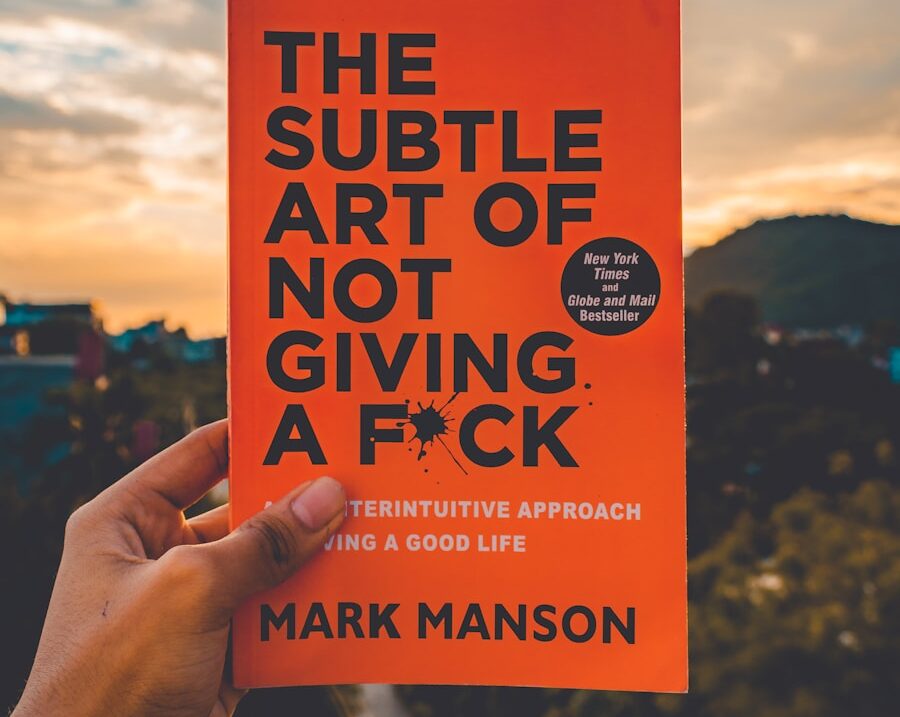Master Storytelling for Interviews in 2025: Persuasion Techniques & STAR Method


Practice unlimited interviews and get instant, actionable AI feedback to ace your storytelling and persuasion skills.
Start for free on Huru.ai →
Why Stories Win Interviews (and Resumes Don’t) 🔥
In a world where hiring managers sift through hundreds of resumes, facts and figures alone rarely leave a lasting mark. Stories tap into emotion, memory, and authenticity. They paint a picture of your impact, resilience, and growth—making you memorable, relatable, and credible.
According to research by Harvard Business Review, stories trigger up to seven regions in the brain compared to only two for logical facts. This means the candidate who shares meaningful narratives will almost always be remembered above those who only recite achievements. But how do you craft stories that truly persuade? Let’s dive in—because this is the true edge most job seekers miss.

Mastering the STAR Method: Transform Experiences into Impactful Narratives ⭐
The STAR method—Situation, Task, Action, Result—is your blueprint for crafting concise, compelling stories tailored for interviews. Here’s how to turn a dry resume bullet into a dynamic story using STAR:
- Situation: Set the stage. What challenge or context were you facing?
- Task: What responsibility or goal was assigned to you?
- Action: What specific steps did you take?
- Result: Quantify your impact. What changed because of you?
Example: Instead of saying “Managed project team,” you could say:
“When our department’s main project was at risk of missing a critical deadline (Situation), I was tasked with rallying a demoralized team (Task). I implemented daily stand-ups and clear milestone tracking (Action), resulting in a 30% increase in productivity and project delivery two weeks ahead of schedule (Result).”
Watch: Master the STAR method for storytelling in interviews
The Persuasive Story Blueprint: Elements Top Candidates Never Miss 📚
Truly persuasive stories in interviews go beyond just following a framework. The best storytellers weave these elements throughout their answers:
- Authenticity: Show vulnerability when it matters. Admit learning moments, not just successes.
- Relevance: Tailor your story to the job description and company culture.
- Emotion: Use language that conveys excitement, pride, or resilience.
- Specificity: Details make stories vivid. Replace “helped customer” with “guided a frustrated client through a software migration, earning a 5-star review.”
- Reflection: Wrap up with what you learned, how you grew, or how it shaped your approach going forward.
💡 Key Takeaway
Hiring managers remember the candidate who makes them feel something. Don’t just list what you did—paint a picture of why it mattered.
Q&A: How Can I Make My Stories Stand Out in Competitive Interviews? 🎤
Q: What makes a story persuasive in an interview?
A: Stories are persuasive when they are authentic, tailored to the company’s needs, and highlight your growth. Use metrics and vivid details. Practice your delivery until it sounds conversational, not rehearsed.
Q: What if I don’t have “big wins” to share?
A: Small wins matter! Talk about a time you solved a problem or learned something new. Even stories about failure, if told with honesty and reflection, reveal resilience and a growth mindset.
Q: How long should my story be?
A: 1-2 minutes. Enough to set the scene, share your actions, and highlight the result—without rambling. Practice your timing using a tool like Huru.ai to get instant feedback on clarity and pacing!
Q: What’s the best way to practice storytelling for interviews?
A: Practice aloud. Record yourself or use Huru.ai for AI-powered instant feedback on your delivery, confidence, and impact.
Real-World Storytelling: Examples That Get Hired 🏆
Consider these storytelling samples and why they work:
| Scenario | Boring Answer | Storytelling Answer |
|---|---|---|
| Teamwork | “I worked with others to complete projects.” | “During a crunch period, I initiated a daily check-in to keep the team on track. This increased collaboration and helped us deliver early.” |
| Problem Solving | “I solve problems as they come.” | “When a supplier fell through at the last minute, I quickly researched alternatives, negotiated a new deal, and kept the project moving without delay.” |
| Leadership | ’I’ve managed teams before.” | “I inherited a low-performing team and set up regular feedback sessions, which improved morale and output by 20% in one quarter.” |
Notice how the storytelling versions paint a picture, showing not just what you did but how you made a difference!
Practice, Feedback, Repeat: Perfecting Your Story with Huru.ai 🚀
Persuasive storytelling is a skill—one you can master through deliberate practice and expert feedback. Huru.ai makes this process seamless by offering:
- Unlimited mock interviews with dynamic, industry-specific questions
- Instant, actionable AI feedback on story clarity, structure, and delivery
- Video analysis to help you improve tone, eye contact, and confidence
- Personalized tips to strengthen your narrative for any role
Ready to level up? Try Huru.ai for free today and turn your unique story into your strongest asset.
💡 Expert Tip: Connect the Dots
The best candidates connect their stories directly to what the company values. Research the company beforehand and frame your stories to match their mission and challenges.
Further Reading: Elevate Every Aspect of Your Job Search
- Sharpen your application: Common Resume Mistakes To Avoid Dont Sabotage Your Job Search
- Prepare with confidence: Job Interview Checklist
- Speak with presence: Intonation For Better Job Interview
- Lead with your values: Living Your Principles Discussing Your Core Values In A Job Interview
- Stay ahead of the curve: The Future Of Hiring How Ai Is Transforming The Job Interview Landscape
About the Author
Elias Oconnor is a content writer at Huru.ai, specializing in career development and interview mastery. Elias is passionate about demystifying the job search and empowering candidates to share their stories with confidence and clarity.


 Apr 17,2025
Apr 17,2025  By Elias Oconnor
By Elias Oconnor